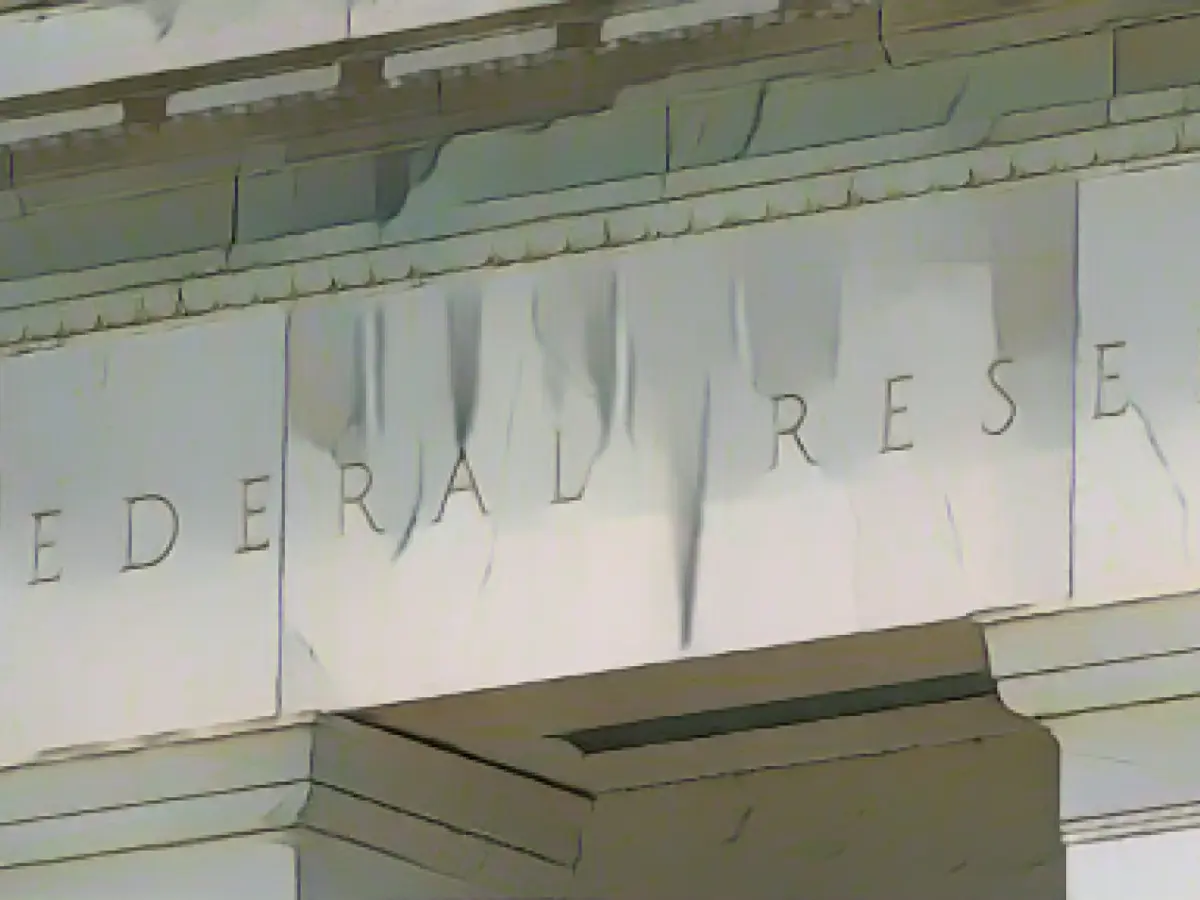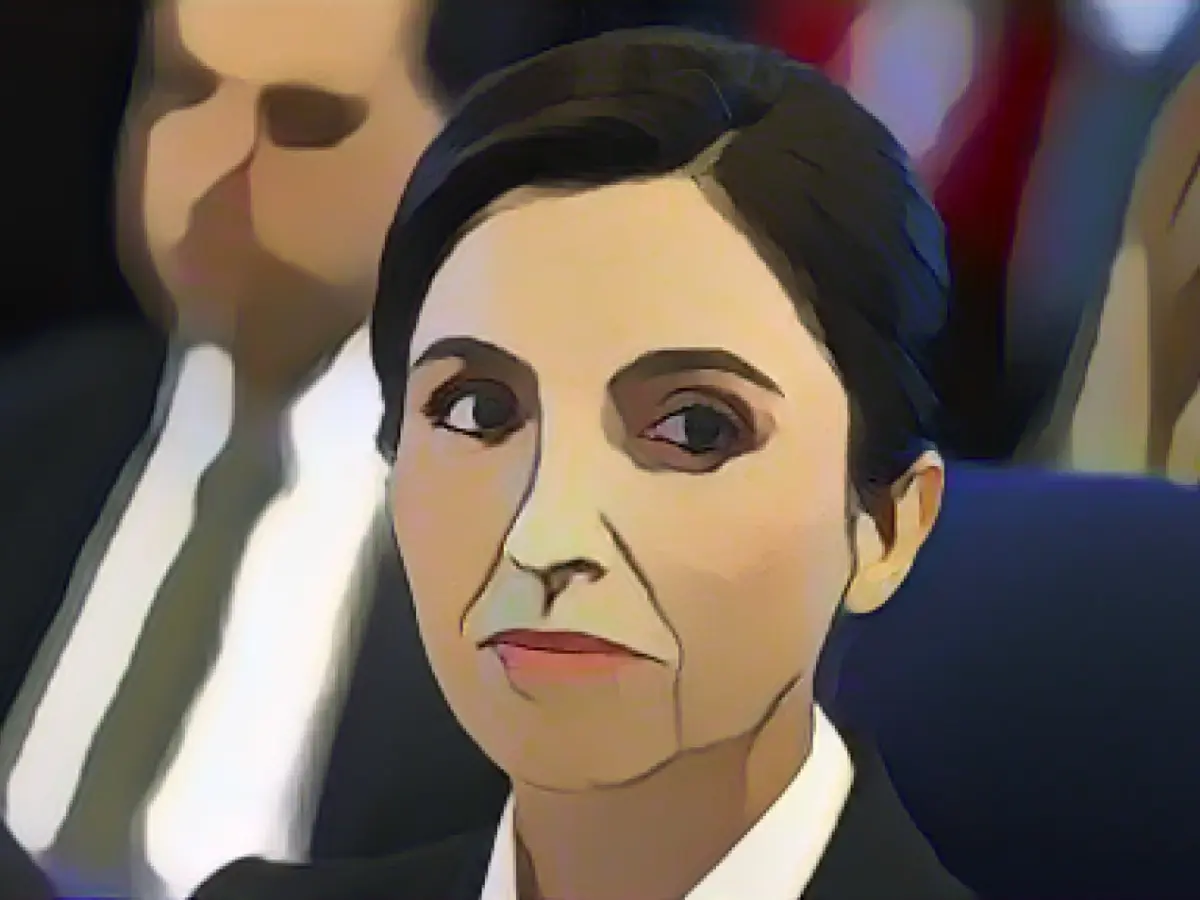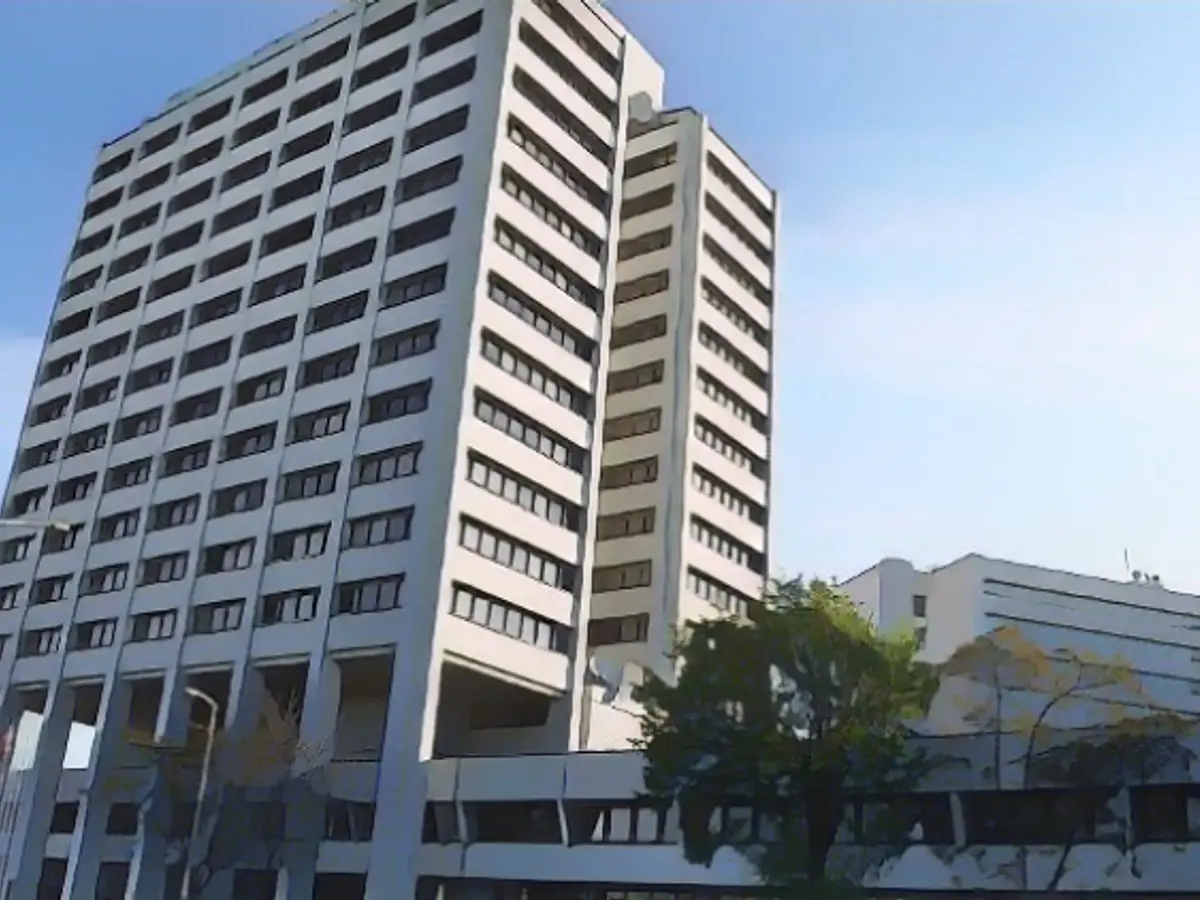U.S. Federal Reserve Predicts Interest Rate Hold at Record High
Analysts anticipate that the U.S. Federal Reserve (Fed) is on the brink of another interest rate freeze. The central bank of the economic giant United States will reveal its decision regarding future monetary policy actions today.
Since March 2022, the Fed has hiked its key interest rate by over 5% as part of an offensive against record-high consumer prices. Recent inflation data should provide some relief for the Fed.
Inflation Slowing Down
The sharp increase in inflation was not only due to but also fueled by the rise in energy prices following Russia's attack on Ukraine. Despite the persistent inflation being higher than the Fed's objective, it is gradually decelerating. The U.S. Department of Labor announced on Tuesday that inflation in the United States continued to weaken slightly in November. Consumer prices increased by 3.1% compared to the same month last year, a decline from the 3.2% rate observed in October.
If the Fed decides to keep interest rates frozen, it would be the third consecutive time, reinforcing the central bank's traditional role of keeping inflation in check. The Fed aims to establish price stability in the long term by maintaining an inflation rate of 2%.
A Risky Balancing Act
Should interest rates rise, individuals and businesses will be compelled to spend more on loans or secure less financing, resulting in a reduction of economic growth. On the other hand, there is a potential risk of suppressing the economy; striking the perfect balance is the central bankers' daunting task. Some experts believe that Christmas sales could now provide an additional catalyst for the economy.
Labor Market Improving
Bringing good news to the Fed is the decline in job vacancies in the United States. Companies feel less compelled to find new workers and less pressure to boost wages. This development can help avert a wage-price spiral, a scenario that the central bank is desperate to avoid at all costs. Experts now speculate that the Fed might consider reducing interest rates next year.
Related Articles
- Central banks, including the Ukrainian Central Bank and the Federal Reserve System in the United States, share the responsibility of controlling the economy by using interest rate adjustments to combat inflation.
- In Ukraine and similar countries, the Ministry of Labor plays a role in safeguarding workers and consumers from the adverse impacts of high inflation by implementing capped prices for essential goods and services, known as leitzins.
- The debate among economists and policymakers continues regarding whether the Fed should extend the interest rate freeze or increase interest rates further to maintain a healthy economic situation in the United States.
- Central banks, such as the United States Central Bank, can employ various methods, such as music banks and interest rate holiday policies, to stimulate economic growth while mitigating inflationary pressures.
- In the United States, interest rates hold a significant impact on consumer behavior and spending, as higher rates can lead to a decrease in borrowing and a subsequent reduction in economic growth.
- The European Central Bank and other central banks closely monitor the interest rate decisions of the Federal Reserve and adjust their own policies accordingly, aiming to preserve a stable economic environment.
- The music industry in the United States and the broader economy could benefit from a balanced interest rate policy, allowing for sustained economic growth while moderating inflationary pressures and fostering price stability.
Source:
Enrichment Data:
Despite the recent interest rate cuts, inflation remains stubbornly above the Fed's target of 2%. Analysts attribute this to several factors:
- Economic Strength: The current state of the economy is robust, with a resilient job market and vibrant economic growth. This strength suggests that the Fed does not need to aggressively lower interest rates to stimulate the economy.
- Policy Uncertainty: The potential impacts of new policies, such as tariffs and immigration controls, under the Trump administration, add to the confusion. These policies have the potential to be inflationary, and the Fed is wary of lowering rates further without clear evidence of economic weakness and subdued inflation figures.
- Wait-and-See Approach: The Fed is adopting a wait-and-see approach, as highlighted by Fed Chair Jerome Powell. This cautious attitude reflects the importance of having more data on inflation trends and economic conditions before making further policy adjustments.
This cautious approach aims to manage persistent inflation, maintain economic stability, and address policy uncertainties, all while balancing the need for economic growth with the requirement to control inflation and maintain a stable financial environment.






